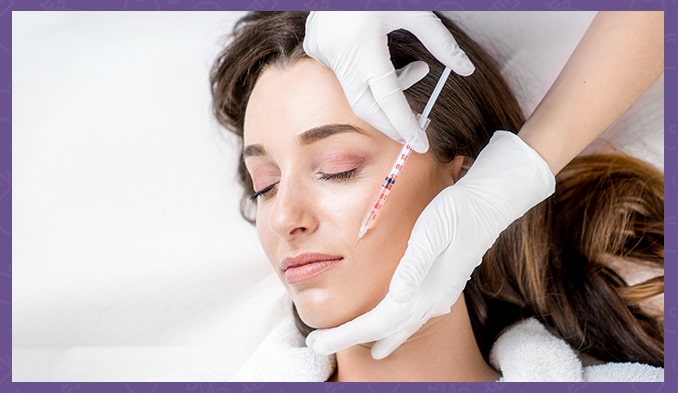Ботоксът е една от най-популярните процедури в естетичната медицина, но далеч не се използва само за изглаждане на бръчки. Днес ботулиновият токсин (Botulinum toxin, BoNT) е доказано средство както за подмладяване, така и за лечение на различни медицински състояния.
Какво представлява ботоксът?
Ботулиновият токсин е протеин, произведен от бактерията Clostridium botulinum. В големи количества може да бъде опасен, но в медицината се прилага в минимални, строго контролирани дози.
Механизмът му на действие е прост: той блокира освобождаването на ацетилхолин – вещество, което предизвиква свиване на мускулите. Така третираните мускули се отпускат и се постига видимо изглаждане на кожата или облекчаване на симптоми, свързани със спазми и свръхактивност.
Ефектът настъпва в рамките на 3–7 дни и продължава 3–6 месеца, а при нови формули – дори повече.
Козметични приложения
Ботоксът е сред най-търсените естетични процедури в света. Най-често се използва за:
- Бръчки между веждите (глабеларни линии)
- „Пачи крак“ около очите
- Хоризонтални линии на челото
- Фини линии около устата и брадичката
Новите продукти, като Relfydess (2025), показват резултат още през първите 24 часа и могат да задържат ефекта над 6 месеца.
Медицински приложения
Ботоксът отдавна е част от съвременната терапия при редица състояния:
- Хронична мигрена – намалява честотата и тежестта на пристъпите
- Прекомерно изпотяване (хиперхидроза) – особено в подмишниците и дланите
- Цервикална дистония – болезнени спазми на мускулите на врата
- Спастичност при церебрална парализа – както при деца, така и при възрастни
- Блефароспазъм – неволно потрепване на клепачите
- Свръхактивен пикочен мехур – за намаляване на уринарната инконтиненция
Нови разработки (2024–2025)
- Relfydess (relabotulinumtoxinA) – първият течен ботулинов токсин, готов за употреба без разреждане. Клинични проучвания показват ефект до 12 месеца при част от пациентите.
- Letybo (letibotulinumtoxinA) – FDA одобрение през 2024 г. с бърз начален ефект (1–3 дни) и по-достъпна цена.
- Daxxify (daxibotulinumtoxinA) – FDA одобрен през 2022 г., осигуряващ продължителност на ефекта до 9 месеца.
Възможни странични ефекти
При правилно приложение ботоксът е безопасен, но могат да се появят:
- Леко подуване или синини на мястото на инжекцията
- Headache or flu-like symptoms
- Временни промени като отпуснати клепачи или асиметрия на усмивката
Много рядко токсинът може да се разпространи в организма, предизвиквайки слабост или проблеми с говора и преглъщането. В такъв случай се търси незабавна медицинска помощ.
Важни предупреждения
През 2025 г. дерматолози от САЩ и Европа предупреждават за опасна тенденция със самолечение с нерегламентирани продукти, като Innotox. Самостоятелното инжектиране крие риск от сериозни усложнения – включително парализа и инсулт.
Винаги се доверявайте само на лицензирани специалисти.
Заключение
Ботоксът е надеждно и ефективно решение както за подмладяване, така и за лечение на редица състояния. Съвременните разработки предлагат по-бърз и по-дълготраен ефект. Най-важното условие за безопасност е да се прилага само от опитни и сертифицирани лекари.
Информацията е подготвена въз основа на актуални данни от водещи международни здравни организации.



